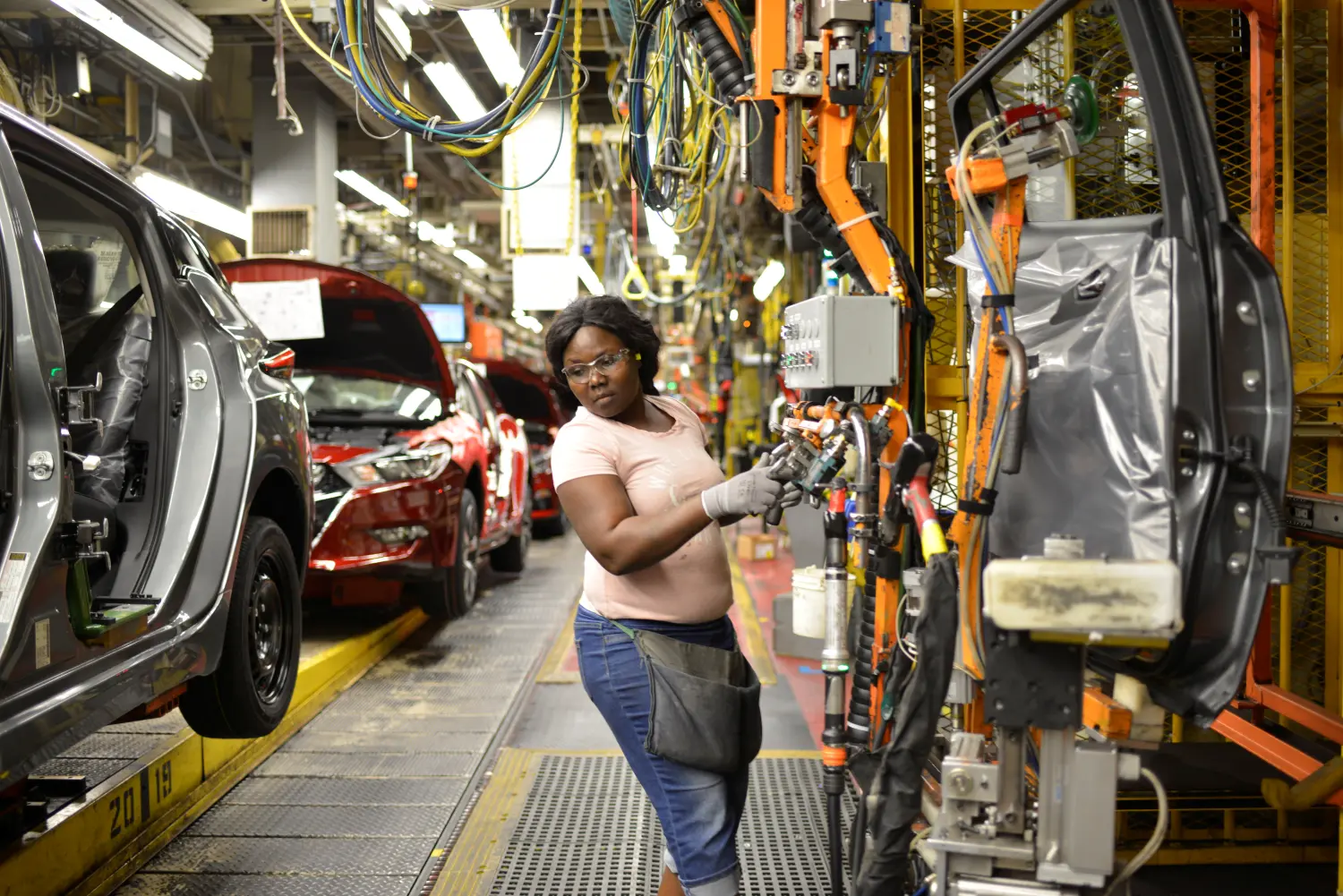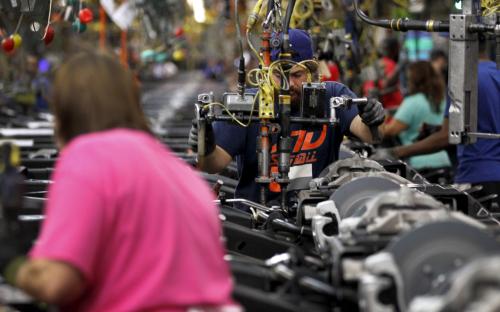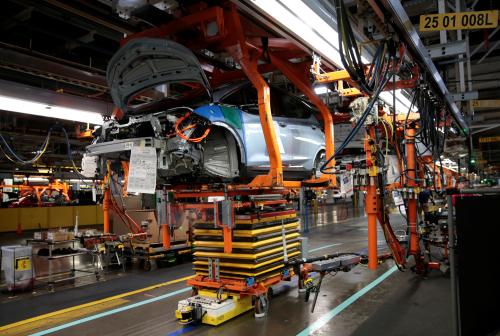This paper was prepared for the inaugural conference on “Automation and the Middle Class” for the Brookings Institution, Future of the Middle Class Initiative.
It is a widely accepted fact that automation, and other forms of technological change, have and will continue to transform the nature of work and the range of tasks that workers are engaged in. At the same time, given that occupational differences by gender remain a persistent feature of labor markets, a natural question is how automation will differentially affect the labor market prospects of men and women. A clearer understanding of the interaction between automation, occupational segregation, and gender gaps in skill acquisition and job transitions, will enable more directed policy responses to alleviate the potentially distinct set of challenges that male and female workers are likely to face.
In this framing paper, we begin by reviewing existing measures of occupation-level automation risk and trends in occupational segregation in the U.S. labor market. Next, we discuss the findings of recent papers that have sought to quantify the risk of automation separately for men and women in the medium term, based on existing patterns of occupational segregation and occupation-level estimates of the probability of automation. To provide a better sense of the impact of automation on the labor market prospects of men and women, in Section 3, we examine the recent past (from 1980 to 2017) and provide a descriptive account of how automation has differentially affected the employment of men and women across occupations. We also examine how trends in the risk of automation over time differ by gender. In Section 4, we speculate on what the future of automation entails and discuss several reasons why we expect the next automation wave to pose more of a challenge for men relative to women. Section 5 concludes and provides some suggestions for future areas of research.
The Brookings Institution is committed to quality, independence, and impact.
We are supported by a diverse array of funders. In line with our values and policies, each Brookings publication represents the sole views of its author(s).








